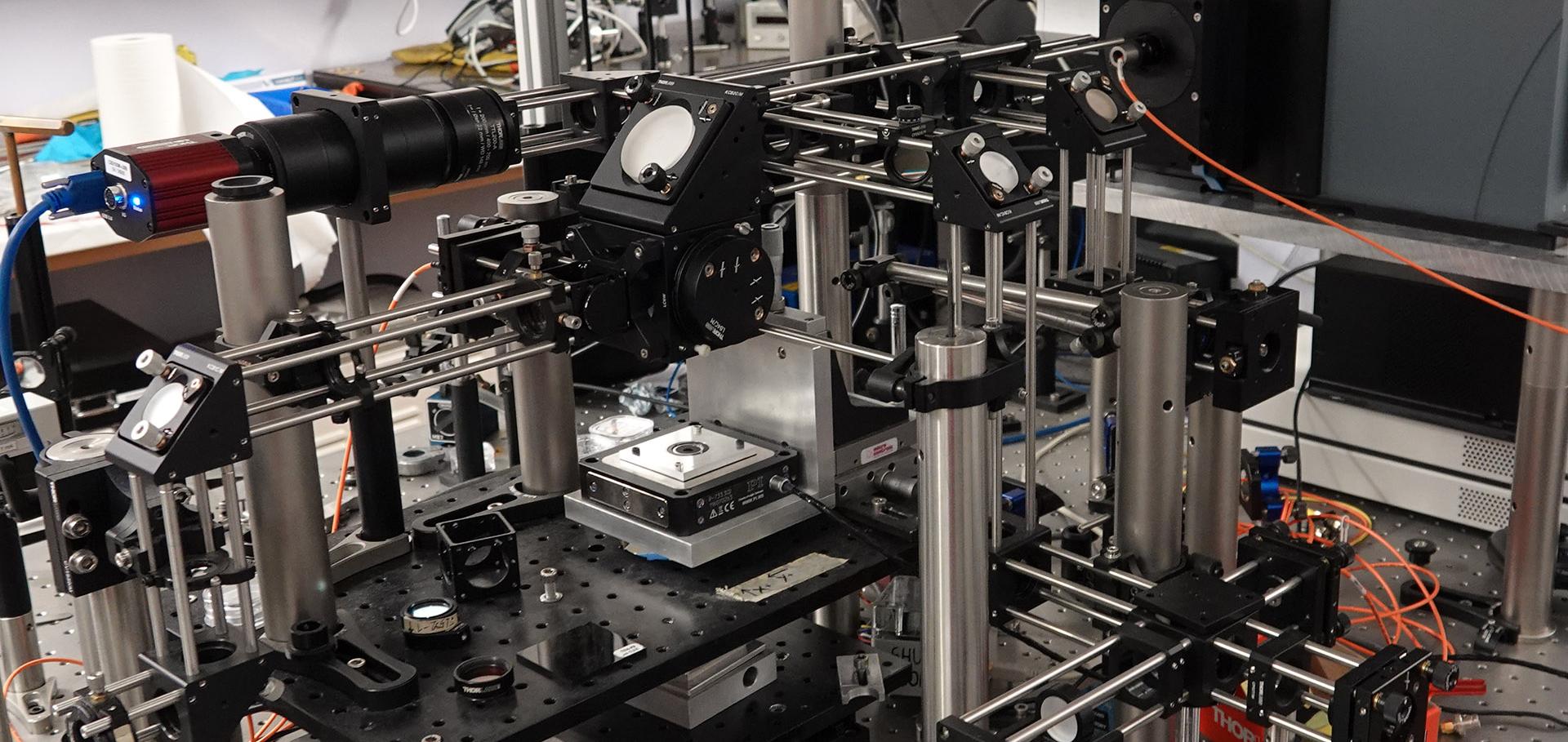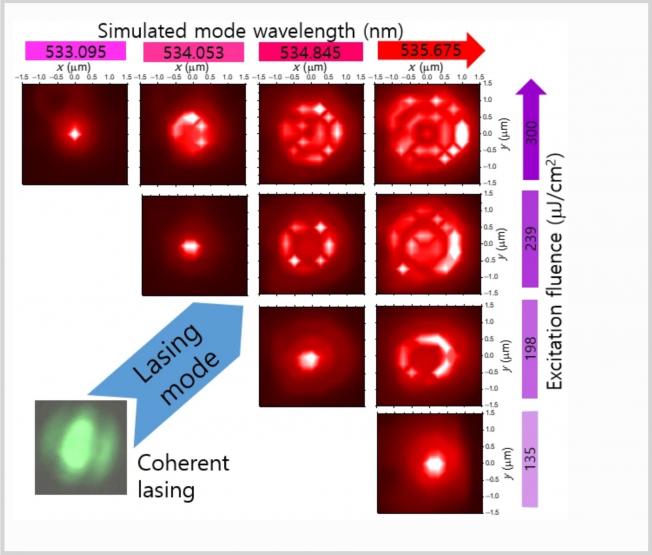Time-resolved dynamics in single InGaN quantum dots
P SOC PHOTO-OPT INS 5725 (2005) 296-308
Abstract:
We present measurements of microphotoluminescence decay dynamics for single InGaN quantum dots. The recombination is shown to be characterized by a single exponential decay, in contrast to the non-exponential recombination dynamics seen in the two-dimensional wetting layer. The lifetimes of single dots in the temperature range 4 K to 60 K decrease with increasing temperature. Microphotoluminescence measurements of exciton complexes in single MOVPE-grown InGaN quantum dots are also reported. We find the exciton-biexciton and exciton-charged exciton splitting energies to be 25 meV and 10 meV to the higher-energy side of the exciton ground state, respectively. Assignments of the ground state exciton, biexciton and charged exciton are supported by theoretical calculations. These measurements have been extended to investigate the time-resolved dynamics of biexciton transitions in the quantum dots. The measurements yield a radiative recombination lifetime of 1.0 ns for the exciton and 1.4 ns for the biexciton. The data can be fitted to a coupled differential equation rate equation model, confirming that the exciton state is refilled as biexcitons undergo radiative decay.Two-dimensional exciton behavior in GaN nanocolumns grown by molecular-beam epitaxy
APPLIED PHYSICS LETTERS 86:12 (2005) ARTN 123102
Two-photon absorption in single site-controlled InGaN/GaN quantum dots
PHYS STATUS SOLIDI C 2:11 (2005) 3843-3846
Abstract:
We present micro-photoluminescence measurements on single site-controlled InGaN/GaN quantum dots using two-photon excitation Furthermore, measurements of photoluminescence excitation and time-resolved photoluminescence are also presented. We show that two-photon excitation results in total suppression of the emission from the underlying quantum well, to which the quantum dots are couple, and yet strong quantum dot emission. We attribute this effect to the enhancement of the two-photon absorption in the quantum dots as a result of the zero-dimensional confinement compared to that of the quantum wells. (c) 2005 WILEY-VCH Verlag GmbH & Co. KGaA, Weinheim.Electron-hole plasma mott transition and stimulated emission in GaN
Journal of the Korean Physical Society 45:SUPPL. (2004)
Abstract:
We present femtosecond pump-probe reflectance measurements of excitons in GaN for various pump intensities. Saturation of the excitonic absorption with increasing carrier density has been measured in the case of resonant and non-resonant excitations during the rising times, and the exciton bleaching densities for various excitation energies have also been measured. We found that the resonant excitons are bleached at higher densities (∼10 times) than the non-resonant excitons due to the absence of free carriers. The stimulated emission mechanism is investigated by measuring simultaneously the photoluminescence and the time-resolved reflectance near the band edge, over a range of excitation densities. The onset of the stimulated emission coincides with the bleaching density of the non-resonant excitons as well as a theoretical gain threshold density. These results suggest that the stimulated emission in GaN is due to the electron-hole plasma.Electron-hole plasma mott transition and stimulated emission in GaN
J KOREAN PHYS SOC 45 (2004) S526-S529



